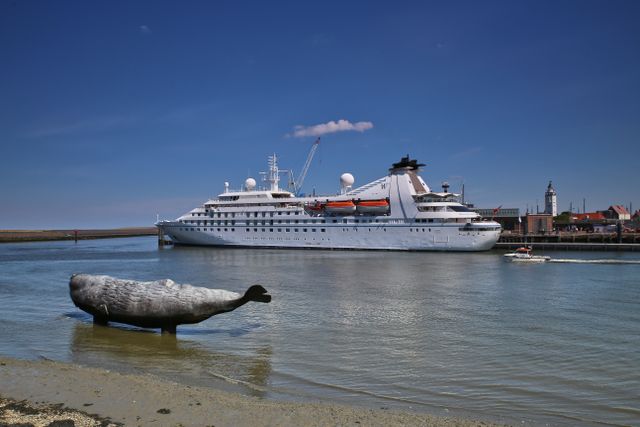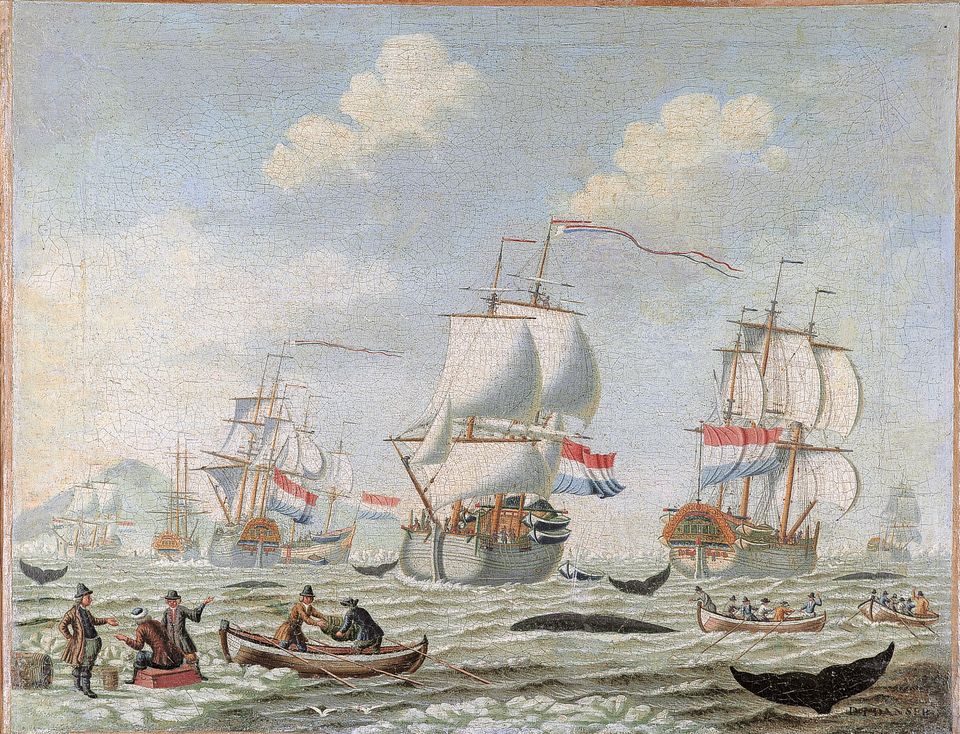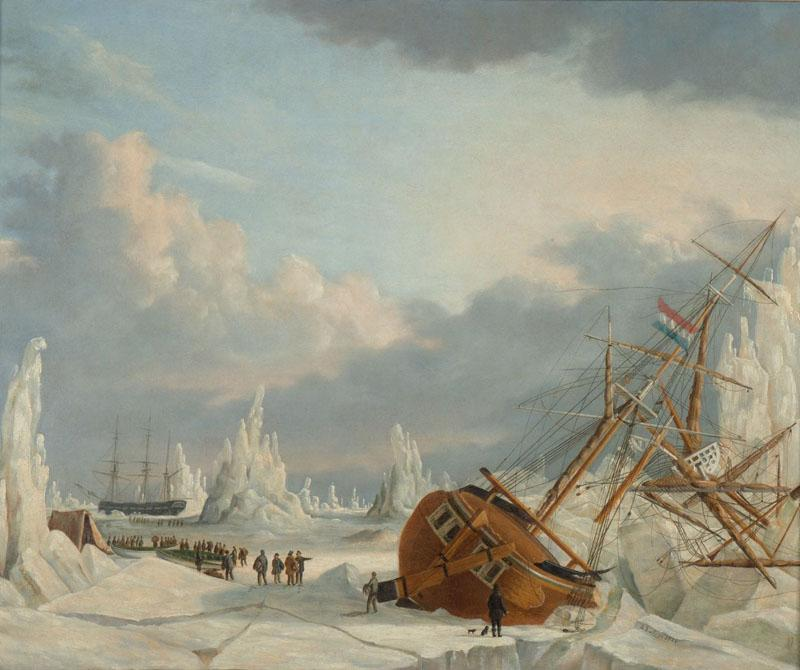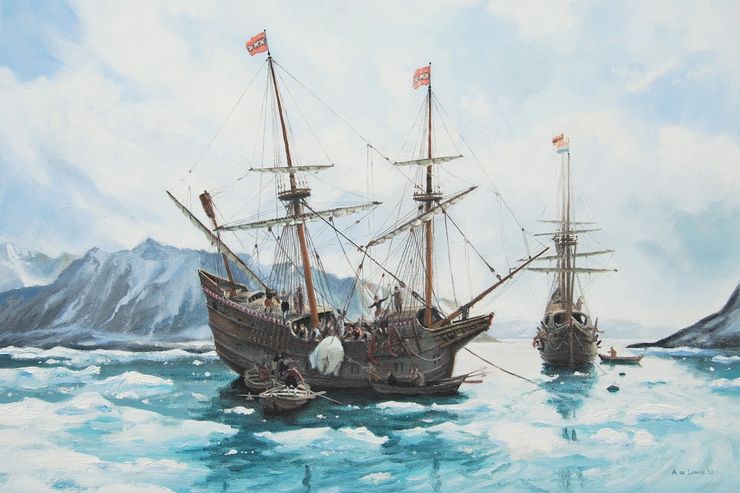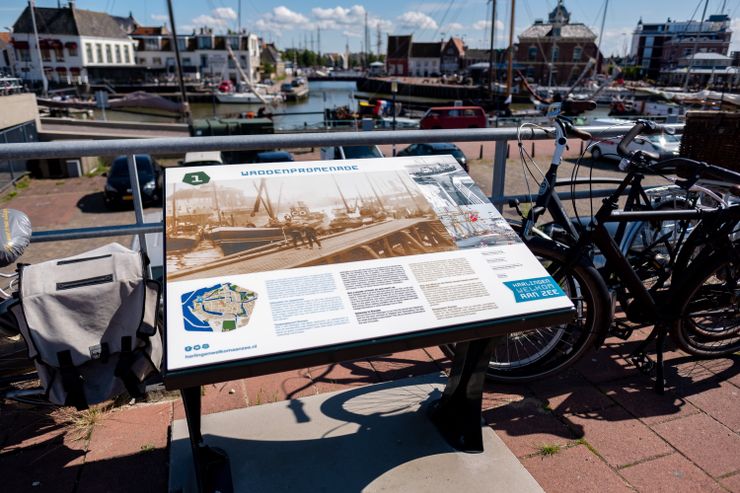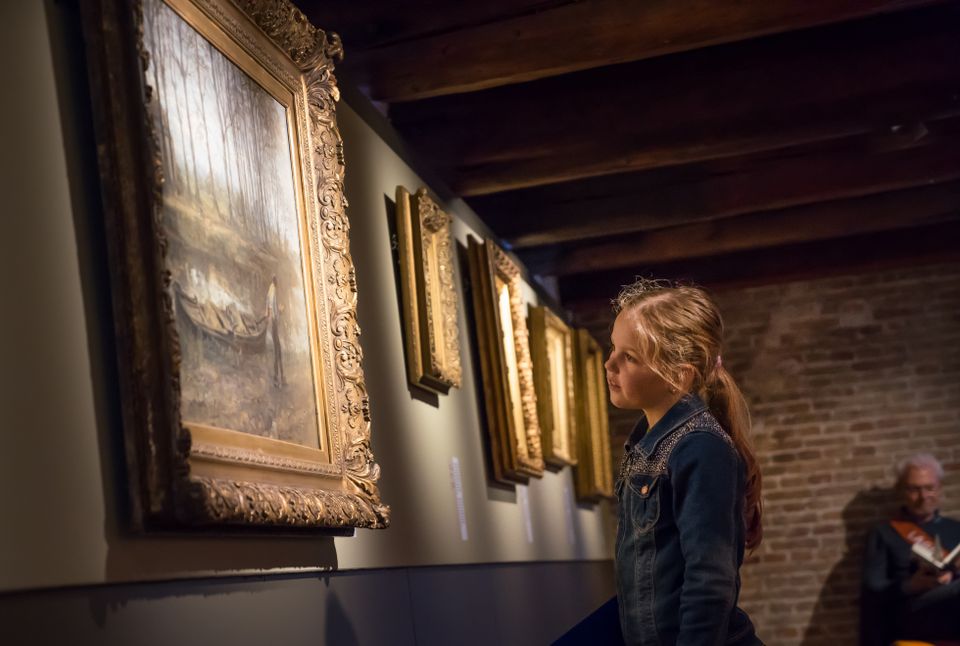Whaling industry
Harlingen was once known for its whaling industry. Today, we no longer want to kill these magnificent animals, but instead want to save them from death. In Harlingen, you can still find various references to the whaling industry of yore.
Walvisvaart in Harlingen
Harlingen played an important role in whaling. In the 17th century, it was an important port for the whaling industry. Many Harlingen citizens earned a living by hunting these animals. For example, in 1652, a fishing expedition of no less than thirty ships left for the northern waters. In 1663, the Harlingen whale hunters had their own settlement on Deneneylandt, near Spitsbergen. However, it was not until after 1815 before the real heyday of whaling began. Eventually, Harlingen acquired a market share of 60 percent. The Whale Fountain in Willemshaven was inspired by this part of our past. The Groenlandsvaarder building (on Voorstraat) also serves as a reminder of those days. Until the end of the 19th century, the Groenlandsch- en Straat Daevidsvisscherij was located here. This association was later disbanded because whaling no longer paid off.
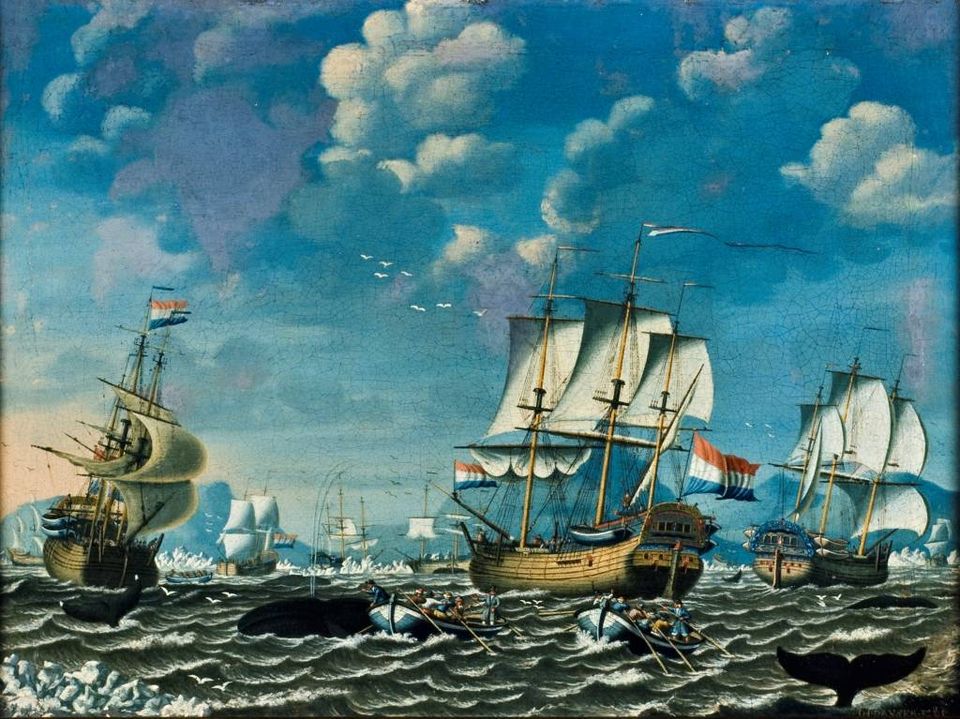
Whale oil and baleen
The main products of the whaling industry were whale oil and baleen. The image shows a whale oil factory in Spitsbergen where these products were processed and where people from Harlingen had settled. The stinking blubber from the whales was processed into whale oil. In combination with the offal, this produced a horrible stench. The whale oil (or 'train oil') was used for oil lamps and as a constituent of paint. It was also processed into soap and used to keep leather supple. In the textile and rope-making industry, whale oil was used to make the fibres more manageable during the spinning process.
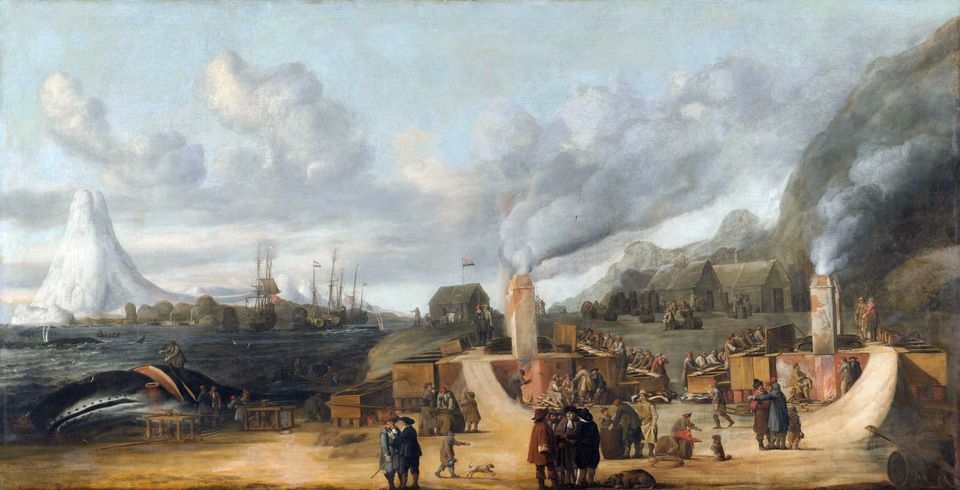
Also worth seeing
-
Admirality of Friesland
Admirality of Friesland
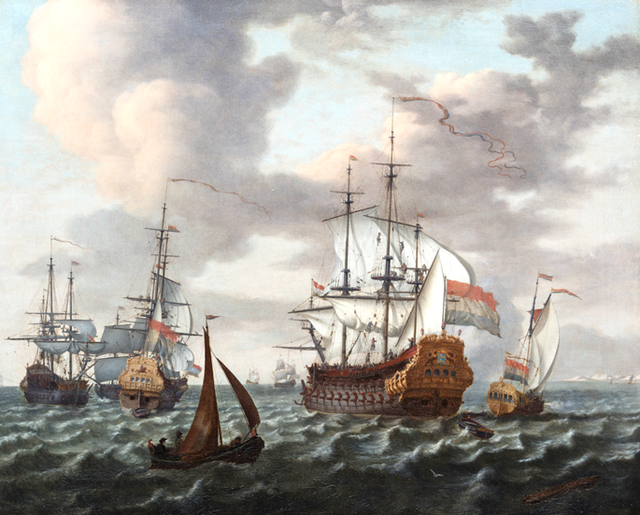
-
Routes
Routes
